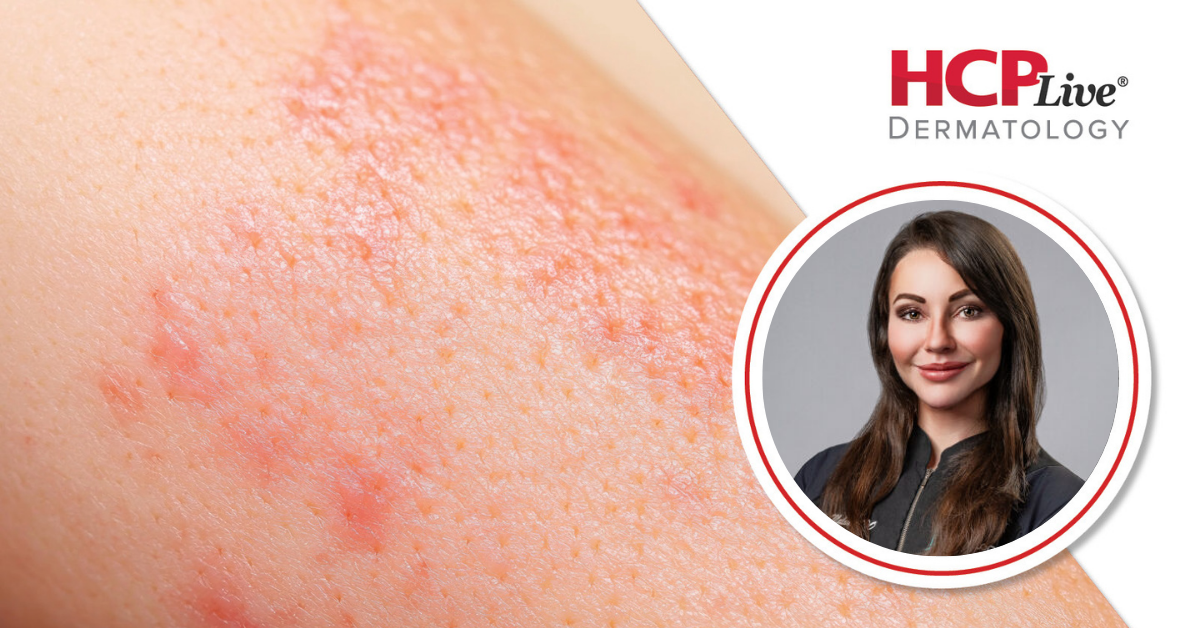Leading dermatologist, Gabriela Maloney, DO, discussed the advantages of off-label use of Janus-kinase (JAK) inhibitors during her session at the 2025 Society of Dermatology Physician Associates (SDPA) Fall Conference in San Antonio. In a subsequent interview with HCPLive, she highlighted the comparative safety and efficacy of these treatments in dermatology, particularly in relation to traditional options like systemic steroids and methotrexate.
Maloney emphasized that JAK inhibitors tend to have a lower incidence of severe side effects compared to systemic steroids. “When you compare it to side effects of chronic systemic steroid use, Cushing’s syndrome, hyperglycemia, diabetes, hypertension, osteoporosis, osteonecrosis, you name it, those side effects pale in comparison,” she stated. She also pointed out the risks associated with methotrexate, a chemotherapy drug that can lead to pulmonary, renal, and bone marrow toxicity, presenting significant health concerns for patients.
Despite the absence of head-to-head studies comparing the safety of JAK inhibitors with systemic steroids and methotrexate, Maloney believes the discussion around side effects is crucial for clinicians. She urged healthcare providers to consider these factors when evaluating treatment options for their patients.
Innovative Treatments on the Horizon
During the conference, Maloney highlighted specific JAK inhibitors, including abrocitinib, known commercially as Cibinqo, as promising treatments for conditions such as vitiligo and hidradenitis suppurativa (HS). She noted that Cibinqo does not significantly impact lipid levels or cause weight gain, making it an attractive option for patients.
“I think one that’s really a hot topic right now is upadacitinib, or Rinvoq,” Maloney explained. “There’s a lot of trials going on for this, for vitiligo and HS as well. So hopefully we’ll have more availability pretty soon.” The prospect of these new treatments could lead to improved patient outcomes in dermatology, particularly for conditions that have limited effective therapies.
As the field of dermatology evolves, the insights shared by Maloney at the SDPA conference reflect a growing interest in the safety profiles of newer medications. The emphasis on discussing side effects and treatment efficacy aligns with the need for informed clinical decisions that prioritize patient health.
For further coverage on dermatology topics presented at the 2025 SDPA Fall Conference, readers can explore more on our site. The quotes from this summary have been edited for clarity.







